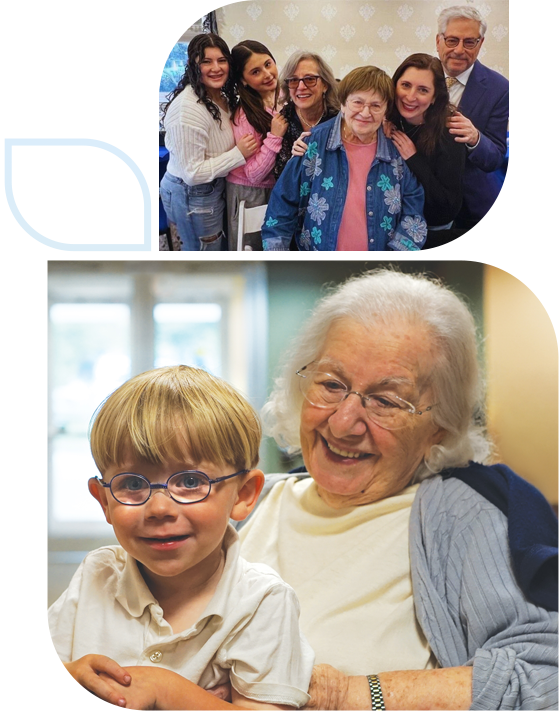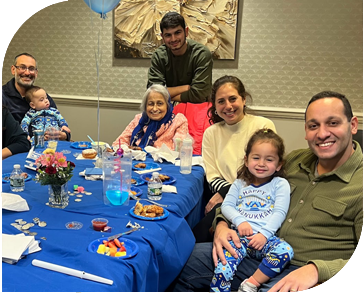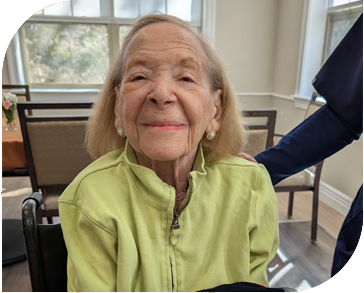Best Treatment Center for Parkinson's in New Jersey: What You Need to Know
If you’re comparing Parkinson’s programs in New Jersey, skip the fluff and look for a center that actually does three things well: delivers Parkinson’s‑specific rehab (not generic PT/OT/speech), builds a consistent exercise habit with classes that are proven to help, and supports the whole household with coaching, education, and practical services across the course of the disease. The Center for Parkinson’s at the Jewish Home Family in Bergen County is built around exactly that. It’s not just a gym and it’s not just a clinic. It’s an integrated program that gives people with Parkinson’s and their care partners one place to turn for therapy, exercise, education, and day‑to‑day problem‑solving.
Why this matters
- Parkinson’s is a movement and non‑movement disorder. Motor symptoms (slowness, stiffness, tremor, freezing) respond to targeted therapy and high‑effort exercise. Non‑motor symptoms (speech, swallowing, mood, constipation, orthostatic hypotension, sleep) need coordinated attention too. If a center cannot address both, people fall through the cracks.
- Early and ongoing intervention preserves function. Starting specialized therapy and consistent exercise soon after diagnosis improves gait, balance, and voice, and reduces falls and hospitalizations. Waiting for things to get “bad enough” is a costly mistake.
- Continuity reduces overwhelm. Needs change: outpatient therapy today, an intensive class schedule next month, respite or day programming later, and short‑term rehab after an illness. Having all of that under one roof, or at least coordinated by one team, saves time and lowers risk.


What “best” looks like in practice
Parkinson’s‑specific rehabilitation. Look for physical, occupational, and speech‑language therapists who are trained in evidence‑based PD programs (for example, LSVT BIG and LSVT LOUD, PWR!Moves, SPEAK OUT). They should evaluate freezing of gait, dual‑task walking, posture, fine motor use of the hands, voice loudness and clarity, and swallowing safety. Sessions should set measurable goals and include home practice plans.
High‑intensity exercise classes. Not gentle stretching once a week. You want multiple options across the week that raise heart rate and challenge amplitude, agility, and multitasking: boxing‑style conditioning, amplitude‑based movement, cycling, agility circuits, tai chi or yoga adapted for PD, balance labs. Consistency matters more than novelty.
Speech and swallowing support. Voice training to maintain loudness and clarity. Swallow screening and strategies to reduce aspiration risk. Communication groups to keep speaking in real‑life settings.
Education and support. Sessions for people living with PD and separate ones for care partners; practical topics like medication timing, fall prevention, driving, orthostatic hypotension, constipation, sleep, hallucinations, and planning for care needs.
Navigation across levels of care. A team that can coordinate outpatient therapy, wellness classes, adult day programming, home care, short‑term rehab after hospitalization, and residential options if needed.
For info Visit their treatment page: https://jewishhomefamily.org/services/parkinsons-center/
What the Center for Parkinson’s at Jewish Home Family offers
The Jewish Home Family runs a dedicated Center for Parkinson’s that focuses on the full continuum of care for people living in New Jersey, particularly in and around Bergen County. Here’s how it lines up with the features above:
Specialized rehab services. The Center provides Parkinson’s‑specific physical therapy, occupational therapy, and speech‑language pathology. Therapists use established PD protocols and emphasize amplitude, balance, gait training, hand function, voice, and swallowing. The goal isn’t vague “strengthening.” It’s targeted skill rebuilding tied to daily life: getting out of a chair, turning in tight spaces, buttoning clothing, carrying a plate while walking, projecting your voice at a family table.
Ongoing wellness programming. Beyond time‑limited therapy episodes, the Center maintains regular exercise and movement classes designed for PD. That means structured, progressive sessions several days per week to keep intensity up. People step down from therapy into classes; others start in classes and weave therapy in when they hit a plateau.
Speech and communication programs. Voice work is not an afterthought. The Center’s speech‑language offerings include intensive voice treatment and maintenance groups so gains don’t vanish after a few weeks.
Support for care partners. The program includes education groups, training on transfers and spotting, and coaching around medications, routines, and how to handle freezing episodes at home. Burned‑out care partners are a major driver of emergency visits and hospitalizations. Proactive coaching lowers that risk.
A real continuum. Jewish Home Family operates outpatient and wellness programming as well as adult day services, short‑term rehabilitation, home‑based care, and residential care settings. The Center for Parkinson’s sits inside that ecosystem, so people don’t have to rebuild their support network each time needs change. One team stays in the loop.
Community and accountability. People show up more when they feel known. The Center runs groups, check‑ins, and workshops so members are not exercising in isolation. That social layer is not fluff; it’s adherence.


When to start
- Newly diagnosed or “mild” symptoms: Start now. Book an evaluation with a Parkinson’s‑trained PT/OT/SLP and join an appropriate exercise class. Learn to calibrate movement and voice while function is high. It’s easier to keep good habits than to rebuild them under pressure.
- Mid‑stage: If walking, turning, or getting out of chairs is harder, if your handwriting is smaller, if your voice is softer, or if you’ve had even one near‑fall, you’re overdue. Add targeted therapy for a defined block, then lock in consistent classes.
- Later stage or after a hospitalization: Prioritize safety first—swallowing, transfers, fall prevention, pressure injury prevention—then rebuild endurance. The Center’s therapy and short‑term rehab pathways are designed for this scenario.
For more information, contact admissions at 201-666-2370 or [email protected].
How intake works (what to expect)
Screening call. A staff member will ask about diagnosis, medications and timing, current mobility, fall history, speech and swallowing concerns, and goals. They’ll recommend a therapy evaluation, classes, or both.
Evaluation(s). Expect separate evaluations for physical/occupational therapy and speech therapy. You’ll be assessed on gait, balance, posture, turning, fine motor skills, activities of daily living, voice loudness and clarity, and swallow risk. Bring your medication list and typical dose times.
Plan of care. You should leave with specific goals, a schedule (therapy sessions and/or classes), and home practice. Good plans are time‑bound and measurable.
Reassessment. Progress is reviewed regularly. Some people cycle between blocks of therapy and periods focused on classes; others maintain steady classes with tune‑ups as needed.


Common mistakes people make (and how this Center avoids them)
- Waiting for a crisis. People hold off until a fall or a choking scare. The program is set up to catch people early—evaluations are accessible, and classes accept a wide range of abilities.
- Doing generic exercise. Standard fitness programs don’t emphasize amplitude, dual‑tasking, or PD‑specific gait and posture. The Center’s classes and therapy do.
- Ignoring speech and swallowing. Voice change and silent aspiration creep up. The Center’s speech‑language services are embedded, not optional extras.
- Treating care partners as bystanders. This backfires. The Center trains care partners and offers groups, reducing burnout and avoidable ER runs.
- Fragmented care. Seeing one provider for PT, another for a class across town, and no one for swallowing leads to gaps. This program coordinates across services and levels of care.
For more information, contact admissions at 201-666-2370 or [email protected].
Get Started
We would like to hear from you. Please send us a message by filling out the form below and we will get back with you shortly.
"*" indicates required fields